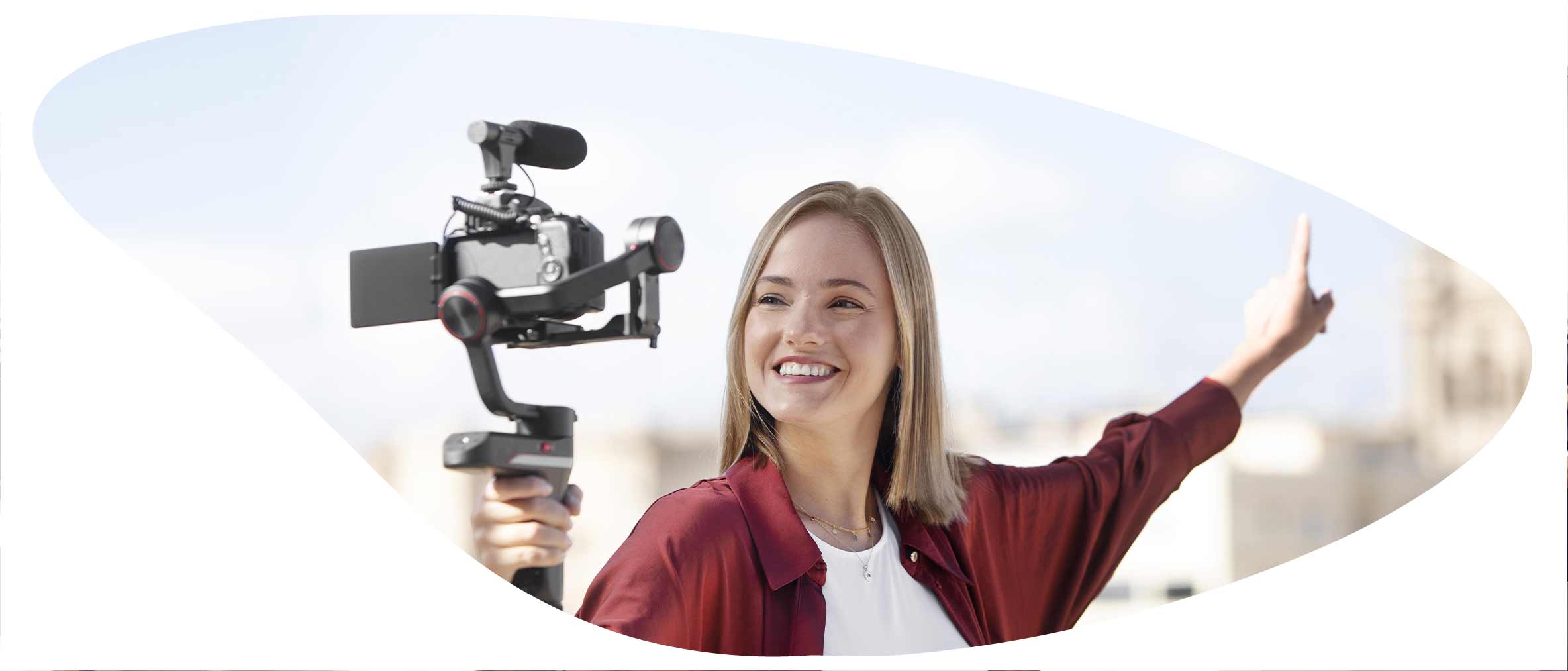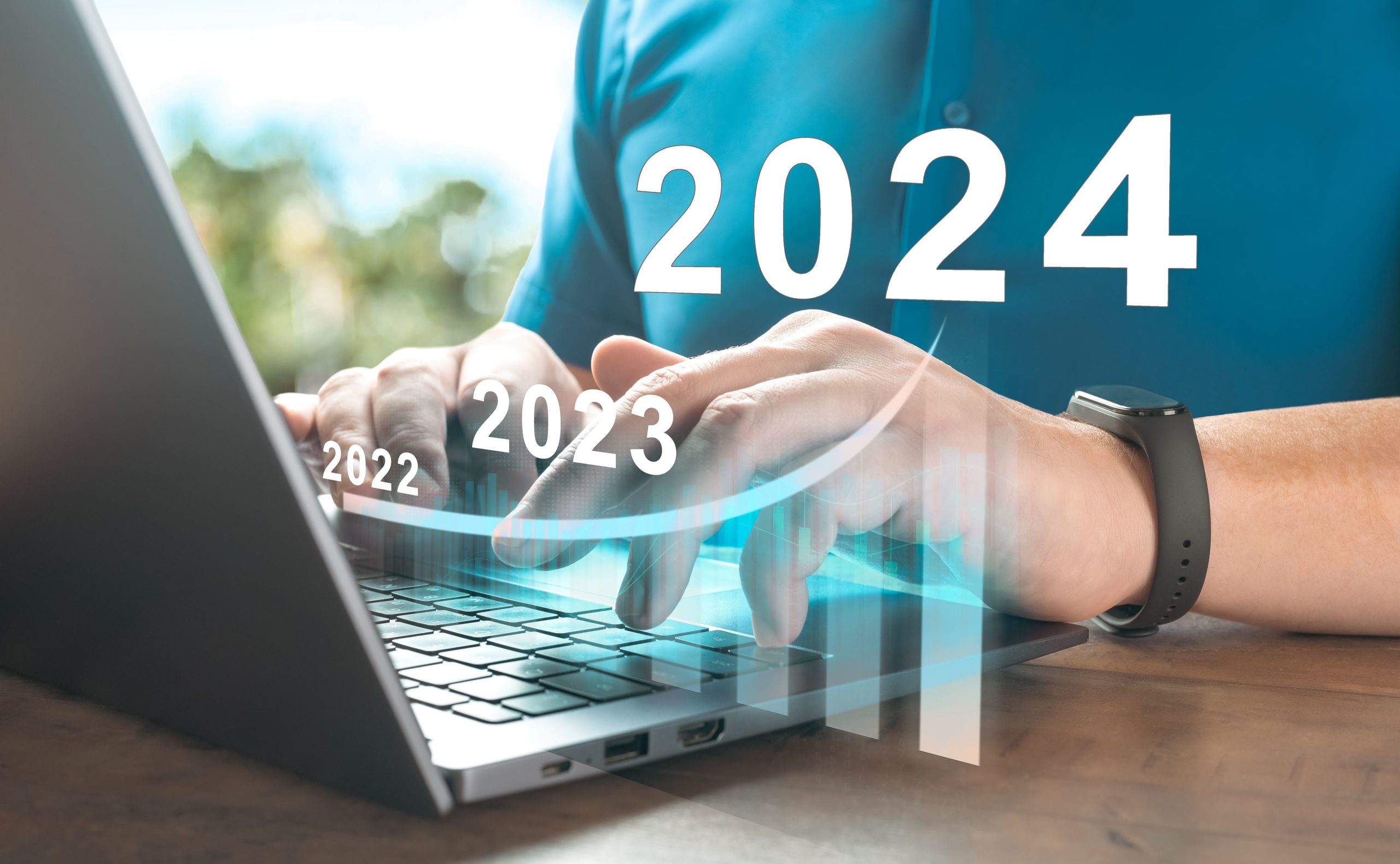In the dynamic landscape of the Middle East, where events play a vital role in driving economic progress, leveraging the expertise of PR agencies becomes instrumental for organizations to capitalize on the advantages of such endeavors. As evidenced by forecasts, the Middle East Event Services Market is poised for significant growth, with projections indicating a value of $144.2 Billion in 2033, reflecting a robust Compound Annual Growth Rate (CAGR) of 12.1% during the forecast period from 2023 to 2033. This growth underscores the increasing importance of strategic communication and event management in the region’s business ecosystem, highlighting the need for adept PR agencies to navigate and amplify the impact of these events on behalf of their clients.
Below are 4 reasons as to why you will need a PR agency by your side:
Strategic Messaging
Effective communication stands at the core of every successful event participation. PR agencies specialize in crafting compelling narratives and disseminating them across diverse channels to amplify brand visibility. In the Middle East, where diverse cultures and languages intersect, tailored communication strategies become paramount. Moreover, understanding the market dynamics is crucial, as evidenced by the segmentation of the Middle East Event Services Market. The corporate events segment emerges as the second largest, constituting 25% of the market, emphasizing the significance of B2B engagements and networking opportunities. Similarly, the consumer events segment, comprising 15% of the market, underscores the importance of connecting directly with end-users to foster brand loyalty and engagement.
Additionally, events offer an immersive platform for brands to unveil their latest innovations and engage directly with their target audience, allowing them to dive into the details of the product and showcase their functionalities in real-time. Seizing such opportunities can have a profound impact on potential customers, allowing your products to shine amidst the competition.
Market Research and Feedback
Participation in events also presents companies with an ideal opportunity to conduct market research and gather valuable feedback. With PR agencies onsite to facilitate interactions with event attendees, businesses can benefit from direct insights on consumer preferences, product trends, and emerging market dynamics. This first-hand knowledge can then be used to refine existing product lines, add services based on evolving consumer demands, tailor communication strategies, and even identify potential areas of growth for the business.
Strategic Media Planning
There is simply nothing better than a well-connected PR agency when it comes to effectively engaging with the right kind of media outlets. Through targeted outreach to journalists well in advance, these agencies do not only amplify the exposure of the brand to a broader audience, but also present compelling angles on behalf of the companies that seamlessly resonate with media interests.
Prior to the event, PR agencies draft and send press releases to media outlets, highlighting the company’s participation in the exhibition. Whether it’s announcing a speaking opportunity, the signing of a strategic partnership, or a notable client acquisition, as trusted sources of information, press releases enhance the organisation’s visibility at the event. Additionally, media kits comprising essential information such as a fact sheet, corporate profile, high-resolution images of speakers, and more, can help journalists in crafting insightful stories, and planning interviews.
Maintaining strong relations with the media through PR agencies not only benefits businesses in the long run, but also positions them as industry leaders. Furthermore, establishing thought leadership and executive visibility is essential for standing out in crowded exhibition spaces. PR agencies play a pivotal role in positioning businesses as authoritative voices through strategic thought leadership campaigns and strategic media placements. Moreover, having C-Level executives present at the event helps boost the company’s image, as they can effectively convey key messages through media training offered by PR agencies.
Measuring Tangible ROI
In the context of events, measuring return on investment (ROI) is essential for businesses to evaluate the effectiveness of their participation and justify resource allocation. ROI provides actionable insights into the tangible outcomes and impacts generated by their efforts, guiding decision-making and informing future strategies. PR agencies play a crucial role in facilitating the measurement of this ROI by deploying robust analytics tools, tracking key performance indicators (KPIs), and analysing data to evaluate the success of the participation.
Ready to make your next event participation a success? Email us at [email protected].



















